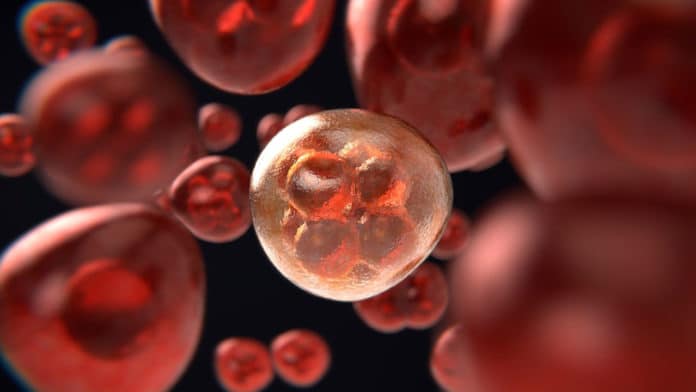Current multiplexing strategies for massively parallel sequencing of genomic DNA mainly rely on library indexing in the final steps of library preparation. This procedure is costly and time-consuming because a library must be generated separately for each sample.
Now, scientists at the Karolinska Institutet in Sweden have developed a new cheap method that can identify highly heterogeneous tumors that tend to be very aggressive, and therefore need to be treated more aggressively.
Scientists dubbed this technique as CUTseq, which can assess the amount and type of CNAs in many different parts of the same tumor, at a much lower cost than existing technologies.
Nicola Crosetto, a senior researcher at the Department of Medical Biochemistry and Biophysics, Karolinska Institutet said, “I expect that CUTseq will find many useful applications in cancer diagnostics. Multi-region tumor sequencing is going to be increasingly used in the diagnostic setting, in order to identify patients with highly heterogeneous tumors that need to be treated more aggressively. I believe that our method can play a leading role here.”
The strategy works with DNA removed from multiple biopsies and even from small portions of thin tissue sections- the sort of test that pathologists usually depend on to make a diagnosis of cancer under the microscope. By tagging the DNA extracted from multiple regions of the same tumor sample with unique molecular barcodes, a comprehensive picture of the heterogeneity of CNAs in a tumor can be obtained with a single sequencing experiment.
Applications of CUTseq are not only limited to cancer diagnostics, according to the researchers behind the new method.
Magda Bienko, a senior researcher at the same department and the other senior author of the paper said, “For example, CUTseq could be used as a platform for cell line authentication and to monitor genome stability in large cell line repositories and biobanks. It could also be applied in ecology, as an alternative to other reduced representation genome sequencing methods, such as RAD-seq, to assess biodiversity in a cost-effective way.”
The technique is presented in the scientific journal Nature Communications.
